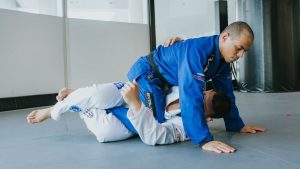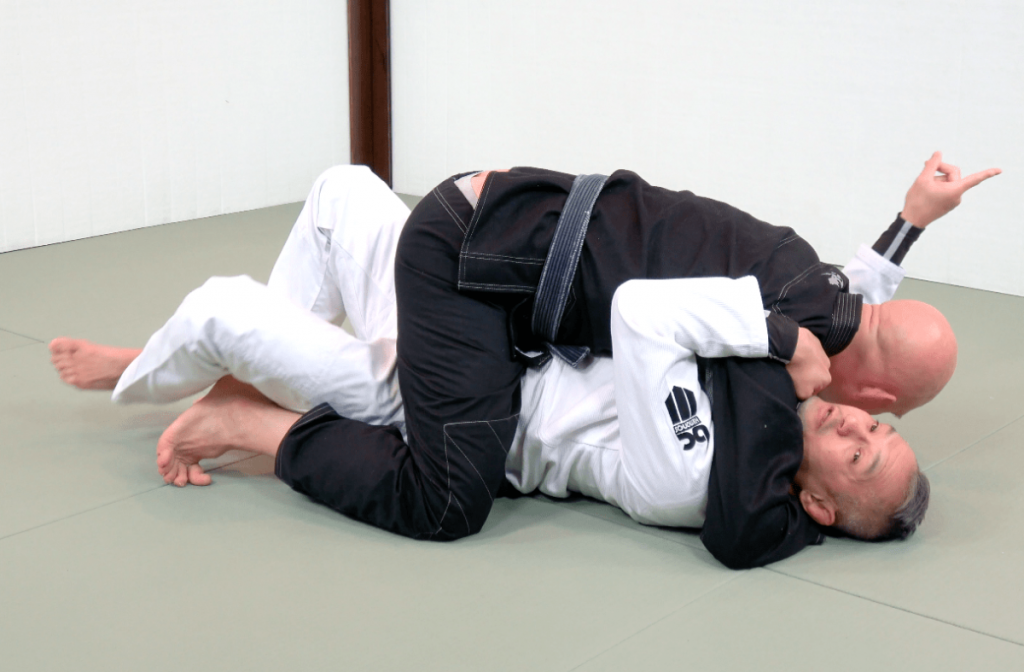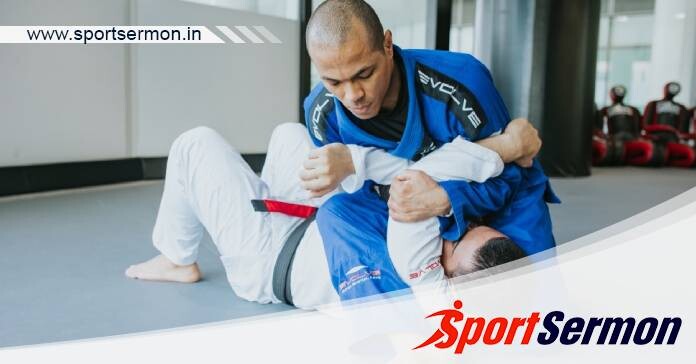The Mount: Which Brazilian Jiu-Jitsu (BJJ) starting position would you pick, if you could? You are not alone if you choose the full mount position.
The majority of Brazilian Jiu-Jitsu practitioners concur that the ideal position in the art is mount combined with back control.
We are here to provide you with all the information you need to succeed in BJJ contests and tournaments: the mount.
The Value Of A Full Mount

In BJJ tournaments, a single technique can receive up to four points, which can be obtained by maintaining the full mount position. The only other manoeuvre that scores four points is taking the back with hooks or a body triangle.
The points system was designed from the outset of BJJ to reward postures that are most advantageous in a real-life battle scenario or self-defence scenario.
Naturally, if you ever find yourself in a street battle, the mount is the most advantageous and often used position. You should be able to get away from any danger safely if you are on top of your opponent and his shoulders and back are probably trapped on the ground.
The position not only provides a high score in BJJ competition, but it also opens up the possibility of joint locks and chokes. Additionally, as previously said, it’s an excellent method to accumulate points and win handily.
You might also be interested in reading this: Get To Know The Top 4 BJJ Judo Throws
Mount Ideas And Precepts
Of all the positions in Brazilian Jiu-Jitsu, the mount position appears to be the most smooth and natural.
But don’t be misled; solid mount maintenance is frequently difficult. The contestant at the bottom is severely handicapped, and they will make a hasty attempt to get up the rankings. Moreover, mount escapes are a regular exercise in BJJJ schools, and all competing athletes feel comfortable breaking out from the full mount position. You must become proficient in the position if you wish to hold someone beneath your saddle.
Here’s how to keep your mount in good condition for longer:
Any lasting full mount must have balance.
It will be challenging to try submissions, apply pressure, or simply sustain the position if you are unsteady on your feet when in the top position.
Actively stumbling, shifting, twisting, attempting to change your weight, and pushing at your body, arms, and knees is what your opponent will be doing. You’re going to have a great full mount and a barrage of attacks if you can counter all of these moves without having to put out your arms and restore your equilibrium.
While your partner is bucking you and trying to get away, one technique to get better at balance is to strive to maintain the complete mount without using your hands.
Tucking your feet in close to your opponent’s torso is another essential tactic to assist cement your mount position.
By elevating you with his hips, your opponent aims to attempt to create some space between your bodies. He must place his feet as near to his hips as feasible in order to exert enough effort to transfer your weight in this way.
You’ll be able to defend the posture if you can maintain your own feet tucked in and restrict his feet from going too near to his hips.
Different Variations Of Mount
The term “full mount” refers to a posture that is subject to several changes. It’s quite uncommon to see a competitor attempt to employ the low or high-mount versions instead of sticking to the standard full mount position.
Even minor adjustments have been made to these two distinct positions. For example, the S-mount, a modified high mount that permits armbar attempts, is one such adjustment.
For instance, the low mount is great for applying an Ezekiel choke or arm triangle, but it also puts your hips in greater proximity to your opponent’s hips. What was the outcome? They are able to bridge and raise you a bit more easily.
On the other hand, attacking from a position closer to your opponent’s head and shoulders is what the high mount signifies. However, in order to execute various joint locks and cross chokes, you need to be sitting more upright while you are here.
Launching an Attack from the Mount

To expand on assaulting a foe from either the high or low versions of the full mount, we will go over a few of the particular manoeuvres that may be used from this elevated stance.
The kimura from the mount position is the first submission we will discuss. Brazilian Jiu-Jitsu World Championship silver medalist Guli Kozama shows off the kimura.
At the beginning of the sequence, you break your opponent’s grasp and then lock down his arm. You can force his arm into the mat with your knee. You may gain hold of his elbow and wrist by positioning your opposite side foot behind his head after you have him restrained. From this point on, the finish is simple, and you may lock in the kimura submission by bending his arm.
Utilising the S-mount to establish control is the best method if you want to finish with an armbar from the mounting position.
As you shift to the side and alter the emphasis of weight, you are giving your opponent a chance to slip out from beneath your mount when you transition to the S-mount position. You’re going to become a submission machine if you can perfect reaching the S-mount position.
Taking everything into account, it is fitting to refer to the mount as the “King” of all BJJ positions. Once you get to the target, you can attack your opponent in a number of ways, earning you the most points possible. If you can develop a superb top game that revolves around the mount, you’ll advance quickly through the rankings.

